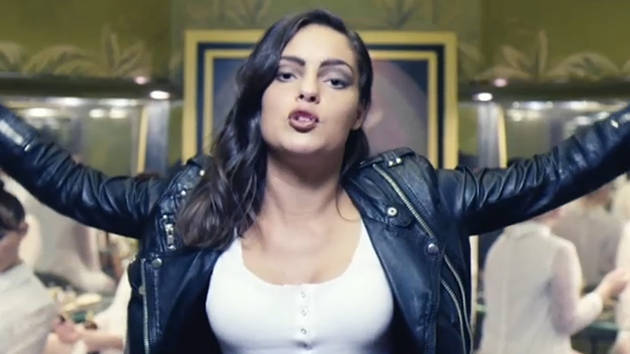SRJC student Lakisha Lucas chuckles at the YouTube challengers who eat spoonfuls of cinnamon. Student Jordan Baruckopoulos loves the video where the Baltimore mother beats her son for participating in the aftermath riots over Freddie Gray’s death. Sophmore Naea Kaluahine laughs at the after-fight memes of winner Floyd Mayweather who’s mocked for hugging Manny Pacquiao for most of the fight.
Whether it’s videos on YouTube, memes on Facebook, or the songs on the radio, we all have preferences as to what we choose to share and communicate with their friends and family.
This very preference of which videos, memes, or songs one chooses to share on digital media, raises the question: How do things go viral?
“If there’s one thing that makes digital entertainment go viral or even interesting for that matter is that it must evoke a strong emotional response,” said Roy Gattinella, SRJC business professor and club advisor of the SRJC’s Scratch Club, a club for students who mix and produce digital music. “Whether it’s a laughter, an awe, an amazement, a disgust, or any number of emotions.”
As a professor in marketing, he discussed his point more clearly in terms of networking. “There’s a difference in digital media and we typically browse and consume digital media like music and art for pure entertainment value,” he said.
“Sharing is a bond and typically a positive emotional response from digital entertainment is more likely to be shared.”
Nora Ekberg, an SRJC foreign exchange student from Sweden, is a YouTube star with a viral video that’s grabbed more than 160 million views within the last six months. She described how her video, “I’m an Albatroaz” gained popularity so fast.
“It was the fact that it was different and something new was what made it viral,” Ekberg said.
She agreed that digital media —laptops, smartphones, tablets and other gadgets— has played a key role in her success. “Digital media is so important because the new generation is on social media like the Internet and that’s the generation you want to come out to,” she said.
“Social media is the number one important thing to grow on,” she said. “Look at Instagram for example. You can build an image of yourself just on your Instagram page. Many people can follow you and then you know, that’s something you can do all by yourself.”
Josh Jobrack, an SRJC alum and graduate from UC Santa Cruz in film and digital media, was asked what he thinks about viral videos and the most popular forms of digital media like YouTube and Facebook. “YouTube,” he said, “is free to the barriers of entry, meaning the cost to get something where you want it.”
He said digital media is favored and more accessible to the masses because it’s so inexpensive. “It costs less to do a podcast than to be a radio personality and cheaper/free to do a video online than to use an older medium like TV,” he said.
“For a video to go viral, it can’t just be good or entertaining, but rather it has to be sharable, where the most amounts of people see the video in a similar way.”
Digital media has perpetuated this nonstop creation of new ways on how to communicate differently with the new technologies we’ve created. Whether that communication makes us laugh, cry, think or leaves us on the edge of our seats, it’s still difficult to pinpoint the precise recipe on how to make something go viral.


